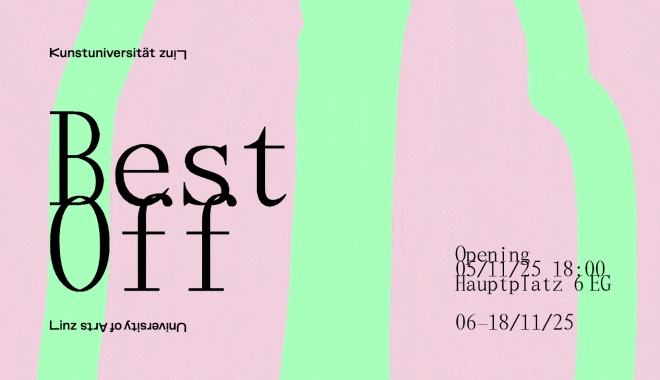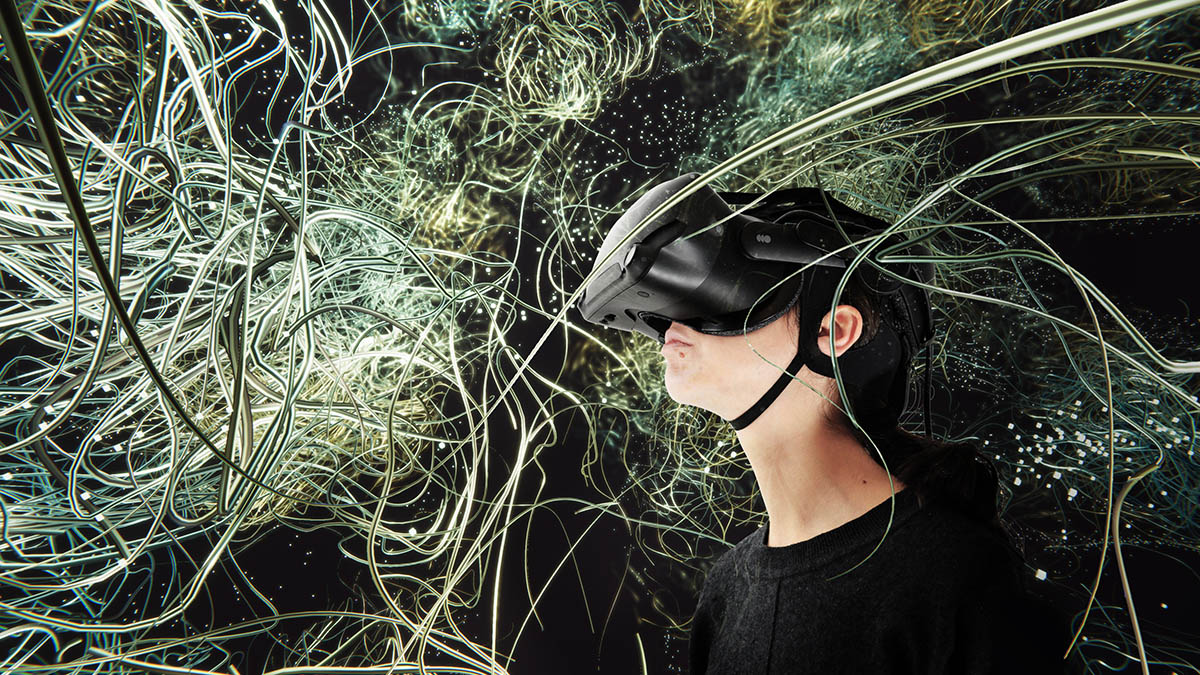
Simon Lehners Werke sind eng an einen autobiografischen Kern geknüpft. In dem Versuch erlittene Gewalterfahrungen im Spannungsfeld von Bewusstheit und Unterbewusstsein zu (re)konstruieren alterniert seine Kunst zwischen erinnerter und situativ wahrgenommener Wirklichkeit. Der für den diesjährigen Kardinal König Kunstpreis nominierte Künstler beschäftigt sich im Salzamt mit unterschiedlichen Medien, die sich vorwiegend um Iterationen eines fotografischen Prozesses drehen.
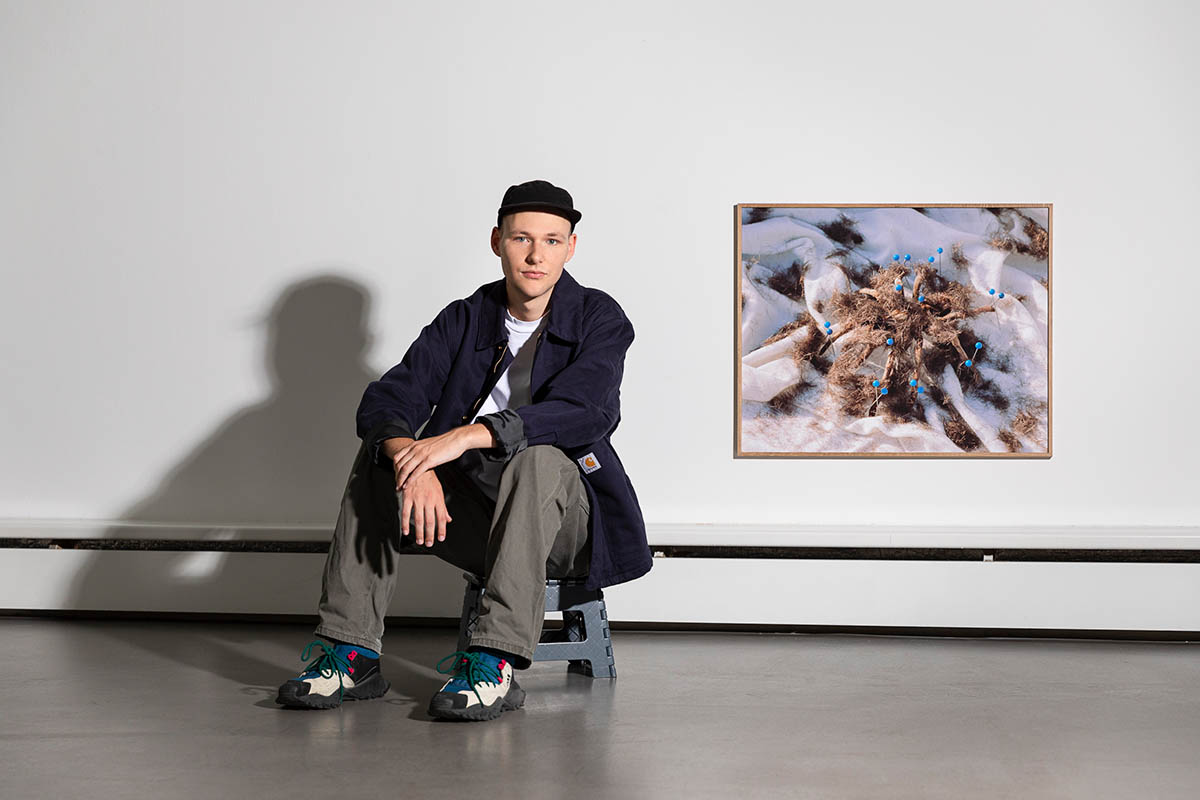
Die Künstlerin und Architektin Flavia Mazzanti untersucht anhand des experimentellen Films und immersiver Medien sozial-räumliche Zusammenhänge im Dialog mit philosophischen Themen des Neuen Materialismus und des Post-Anthropozentrismus. Als Mitglied des künstlerisch-technologischen Entwicklerteams des Projektes „Neuro-Traces“ (Manuel Bonell, Flavia Mazzanti, Michael Bonell, Imani Rameses) verbindet sie zudem Brain Computer Interfaces (EEG) und Virtual Reality zu einer Installation, die in der Ausstellung interaktiv erfahren werden kann.
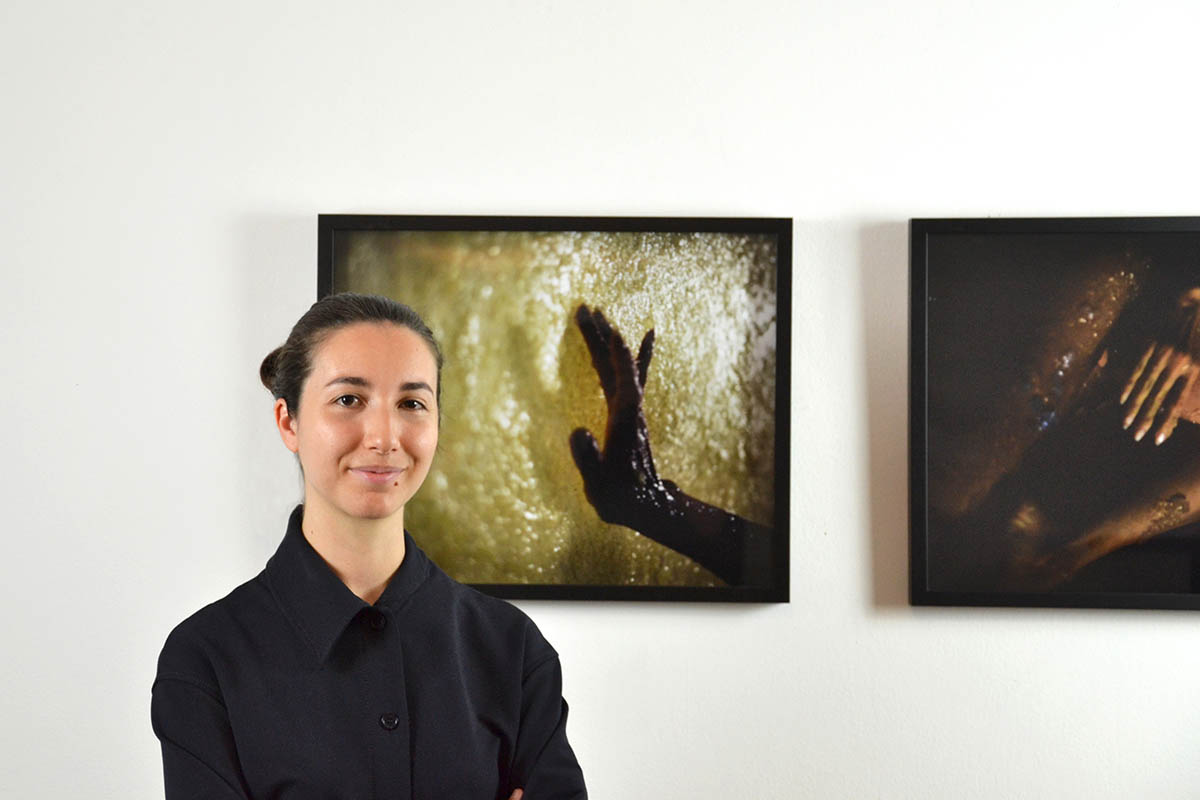
Die Künstlerin Michaela Putz beschäftigt sich mit den Implikationen einer auf die Oberflächen digitaler Kommunikationstechnologien reduzierten Gesellschaft. Mit den Mitteln der Fotografie, Malerei und der digitalen Nachbearbeitung untersucht sie den Einfluss der zunehmenden Digitalisierung auf die Wahrnehmung von intimen Beziehungen und unserer unmittelbaren Umwelt. Für die Präsentation im Salzamt übersetzt sie ihre Kunst in eine raumgreifende Intervention.
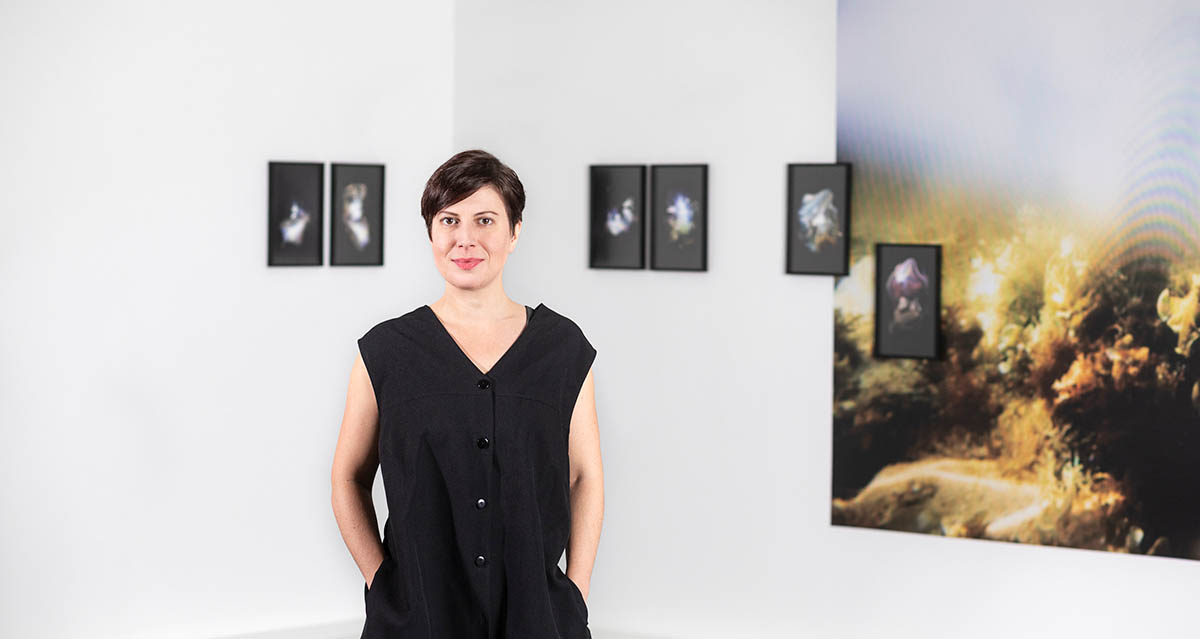
Ausstellung: Simon Lehner – Flavia Mazzanti – Michaela Putz | hosted by Bildraum & Ars Electronica Linz
Kuratiert von: Esther Mlenek (Bildrecht) & Michaela Wimplinger (Ars Electronica) & Holger Jagersberger (Salzamt)
Eröffnung: Dienstag, 7. September 2021, 19.30 Uhr
Ausstellungsdauer: 7. – 24. September 2021
Öffnungszeiten während des Ars Electronica Festivals: 8. bis 12.9., jeweils von 15-19 Uhr. Öffnungszeiten ab dem 12.9. bis 24.9.: Mo-Fr: 13-18 Uhr sowie nach Vereinbarung unter: Tel: +43 732 7070 1957 | E-Mail: salzamt@mag.linz.at
Adresse und Kontakt:
Atelierhaus Salzamt
Obere Donaulände 15, 4020 Linz
www.linz.at/kultur/salzamt/



